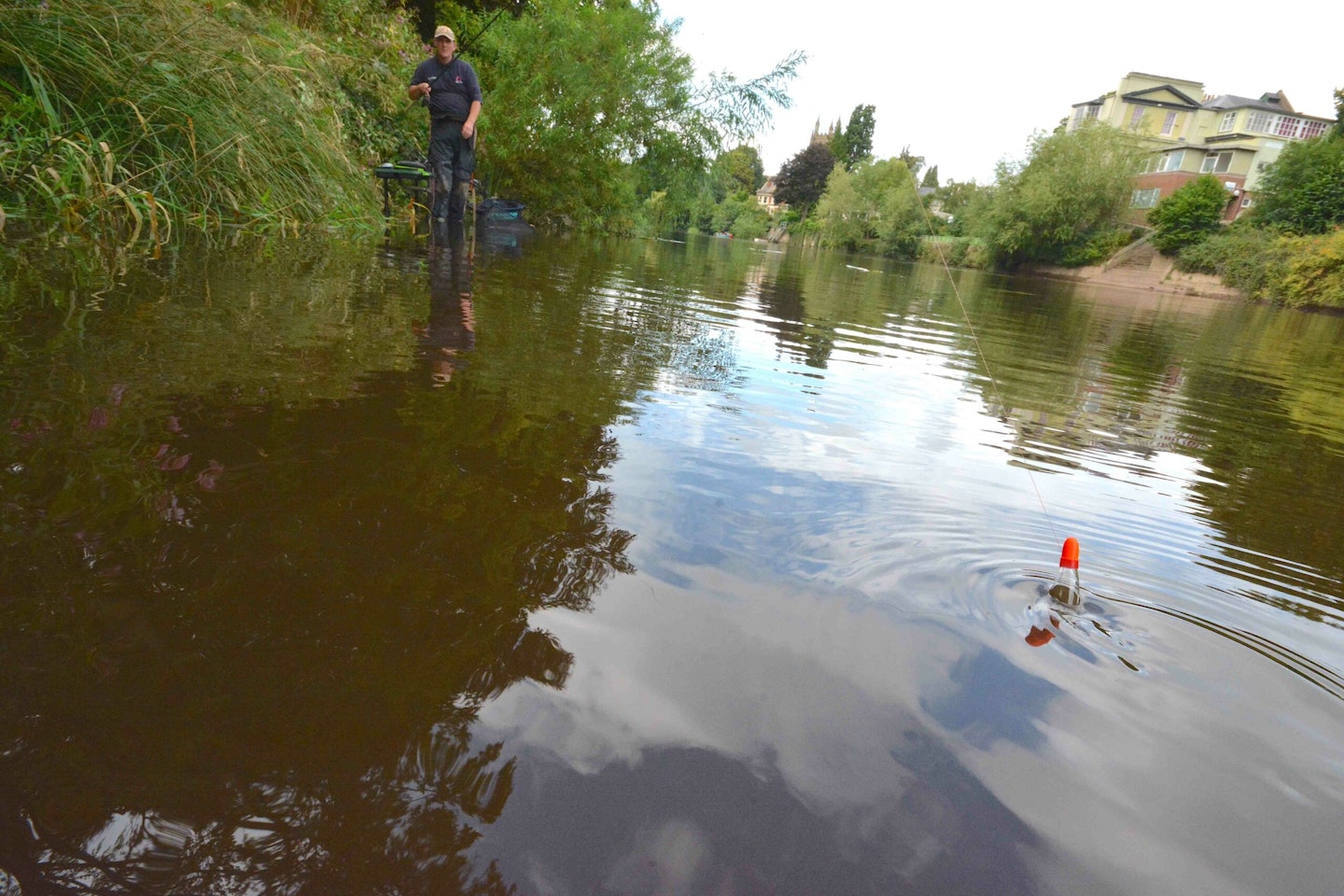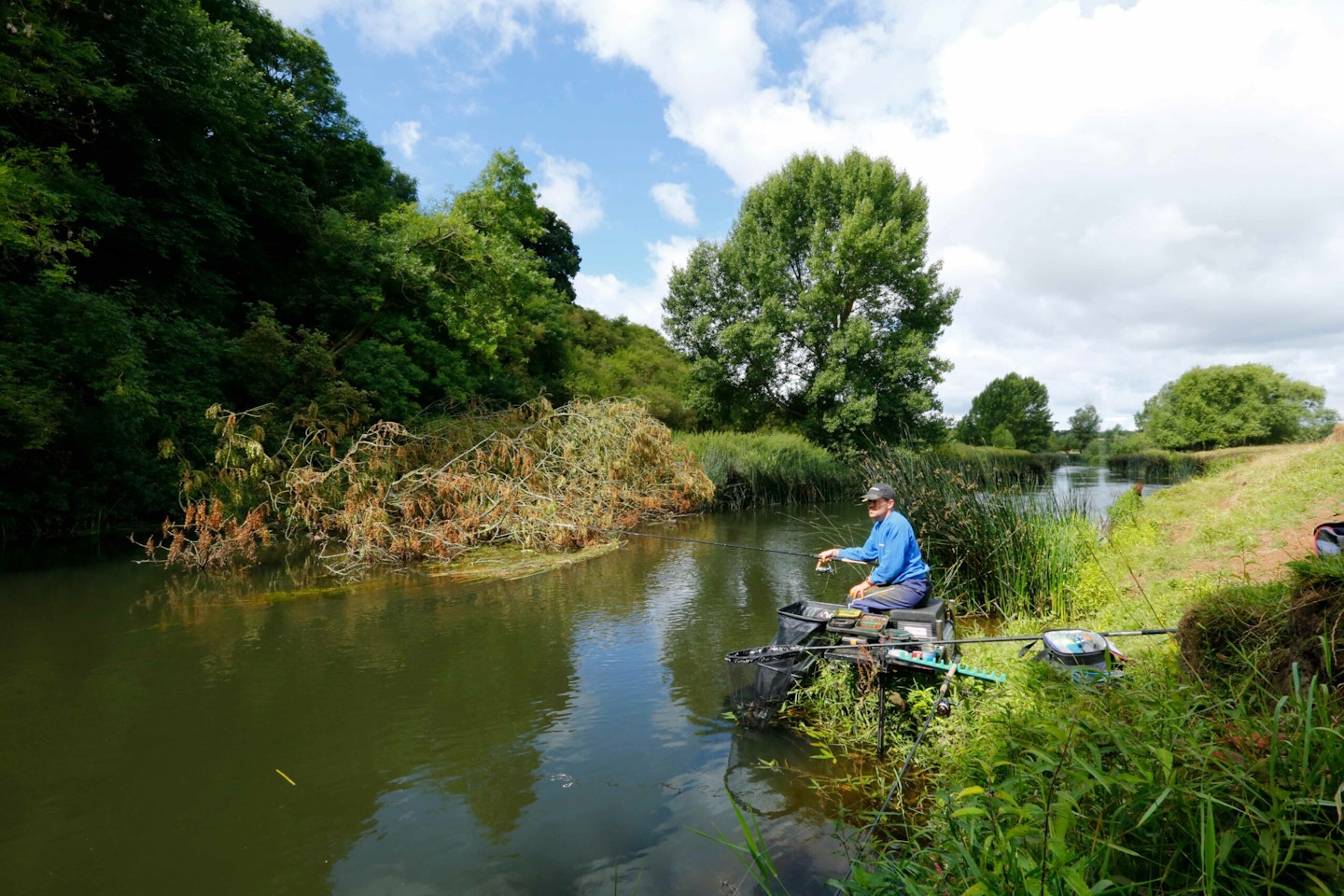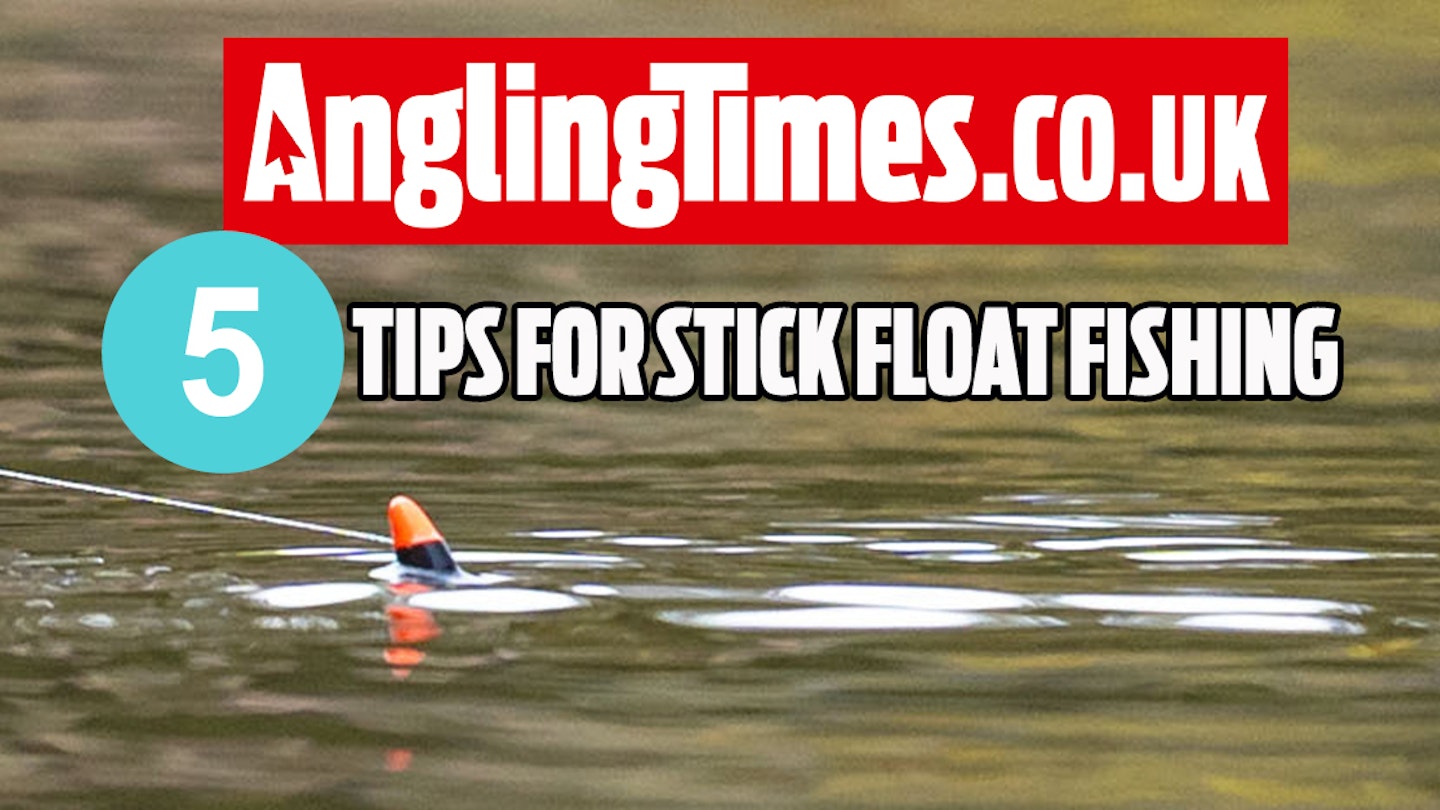A winner on running water in autumn, the stick float always has the knack of catching better fish. But how do you get the most from this tactic? Ask any river regular and they will tell you, trotting a stick float is a real art form. Get it right and it is almost like magic, and stupidly effective. Get it wrong, however, and you may as well not have bothered casting out. Here's five great tips to help you get it spot on when you're next on the bank...
HEMP & CASTER
Maggots are fine for small fish, but when quality is on the cards, it’s hard to see past hemp and caster for feed. Chub, barbel and big roach love them, and they’re baits that sink relatively quickly.
Each bait does a different job, though, the hemp getting to the bottom quickly to keep the fish in the peg while casters fall slightly slower and will draw fish from downstream. A ratio of 75 per cent hemp to 25 per cent casters is about right, using maggot on the hook to begin with and then changing to caster as the fishing improves.
YOU NEED A GOOD CATAPULT TO FEED REGULARLY WITH HEMP AND CASTER. CHECK OUT OUR BUYER'S GUIDE TO THE BEST CATAPULTS ON THE MARKET FOR ALL TYPES OF FISHING.

FIND A SPOT WITH SMOOTH WATER
If you have a peg with some erratic flow that’s got water swirling and boiling all over the place it will be impossible to get the bait to run down the same place every time, and that will make it impossible to concentrate the fish in one area.
You need a spot with a steady glide to allow you to run the float through the same spot every time, enabling you to build up the area with loosefeed and get the fish hunting for bait. Take time to study the swim and work out where the smooth water is.
FIND THE BEST RIVER FISHING SPOTS FOR FLOAT FISHING NEAR YOU IN THIS WHERE TO FISH GUIDE.

CAST DOWNSTREAM
To ensure control of the rig at all times as it trots down the swim, make each cast slightly downstream. This means the line is behind the float and cannot overtake it, which would otherwise pull the rig off line. Keep mending the line, taking up any slack that forms so you are always in direct contact with the float to hit bites quickly and sharply. Feed in front of you, though, because this will mean your hookbait ends up among the loose offerings a little further down the peg rather than standing out on its own.
YOU NEED A QUALITY REEL TO FLOAT FISH ON RIVERS. HERE'S OUR BUYER'S GUIDE TO THE BEST REELS ON THE MARKET FOR ALL FISHING METHODS.

VARY YOUR PRESENTATION
Changing how the bait travels through the swim will catch more fish. Allowing the rig to run through the river will work, but holding the float back gives fish that aren’t going to chase a bait the chance to take it.
If you find a spot where you are getting a lot of bites, hold the float back there for a couple of seconds, as more often than not the float will bury!
HAVING THE RIGHT ROD CAN HELP YOU CONTROL YOUR STICK FLOAT. CHECK OUT OUR BUYER'S GUIDE TO THE BEST RODS FOR ALL FISHING TACTICS.

SIZE MATTERS
This is where a lot of anglers go wrong. Pick too light a float and you’ll not have control of the rig or be able to cast far enough. A good rule of thumb is to use a No4 shot for every foot of water, so in 5ft swims, go for a 5x4 float or in 9ft a 9x4.
As far as stick float patterns go, in smooth, steady water a classic straight stick made of balsa will be perfect. In uneven flows, a float with a slight shoulder and an alloy stem will give you stability for great bait presentation.
NOT SURE WHAT FLOAT TO USE? HERE'S OUR BUYER'S GUIDE TO RIVER FLOATS.

This page is a free example of the amazing content Angling Times Members get every single week. Becoming an Angling Times Member gives you access to award-winning magazine content, member rewards, our back issue archives, bonus content and more! Join our fishing community and find out more today!
